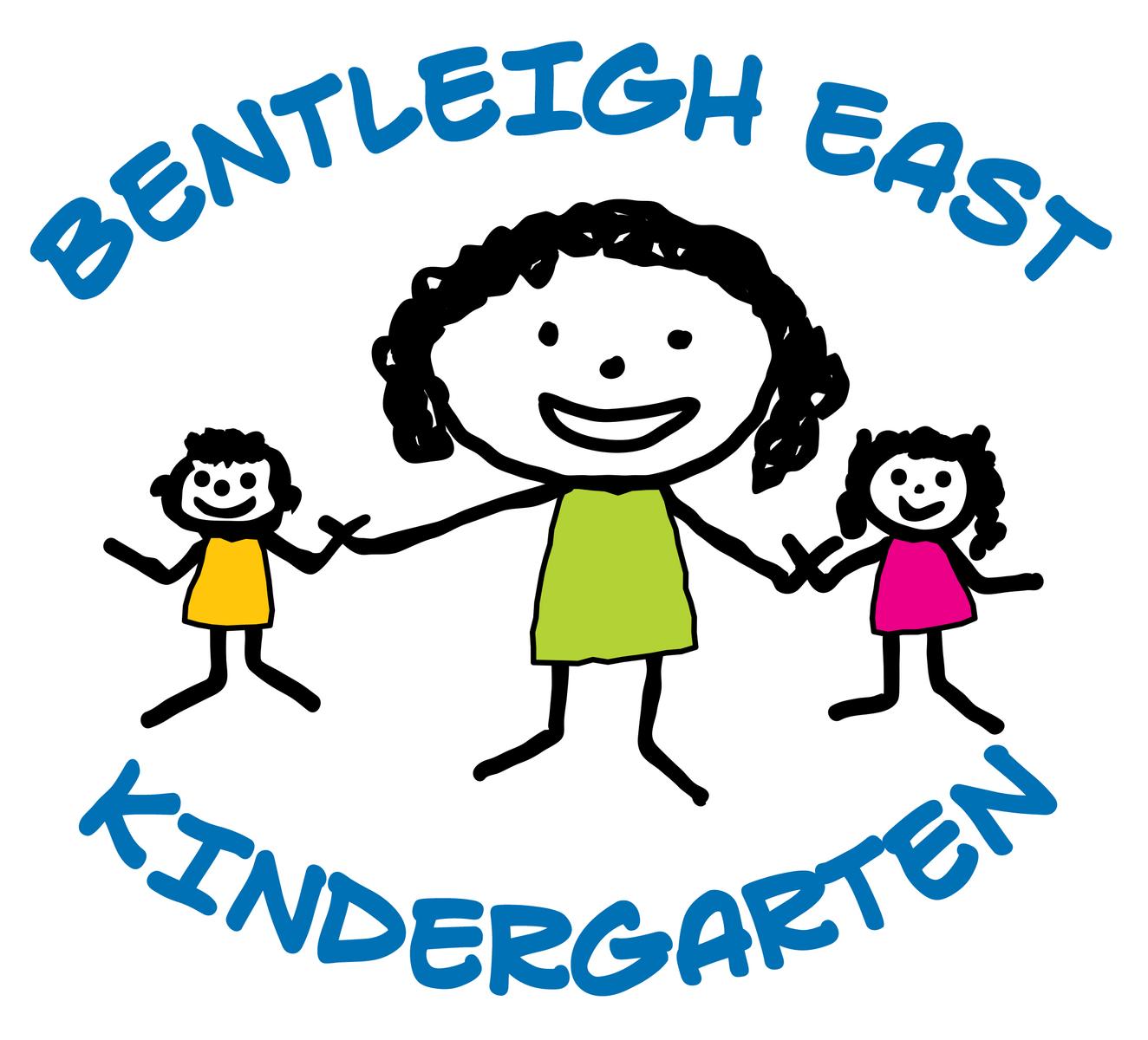GEKA Bentleigh East

Risky play at kindergarten
Supreet Kaur and Denise Ricardo
At kindergarten, we know that children who engage in supervised and safe risky play develop the skills they need to adapt to new situations and explore new environments. We notice that some children love to take risks. They jump, roll down and do back flips on the mats and will climb the highest A-frame equipment. Our role as educators is very important in helping children learn what is “safe” risky play.
Risky play from the perspective of younger children may sound simple but nevertheless it comes with more risk. Activities such as jumping from a beam onto a mat requires a child to have confidence in their own ability to gauge distance. We want to help them to manage the risk in a responsible and planned way. Some children may feel hesitant because of being injured or other certain kinds of fears. But some gain courage while watching others and often want to give it a go.
Our role as educator is very important in both instances; we need to talk to children, help them through the process of moving their bodies and problem solving on how to take risks without compromising their safety, help a child determine how they feel and to listen to their inner intuition about what they feel would be safe for them and what they feel is unsafe.
Everyone will feel differently and it’s important to help children to listen to their inner voice, especially if they feel a situation is unsafe. Developing a sense of agency will help a child find safety in a situation where others may not be acting safely.
To ensure children’s safety, we frequently check the outdoor area and look for any sharp objects and unstable heavy structures. We have an orange measuring rope for compliance purposes to make sure that climbing structures are 1.5 m away from other equipment. If a child falls, he/she will not bump into any structures that are too close.
We also have a very thick sponge mat for the children who wants to do the flips that they have a safe surface to jump on. We want to make the environment safe before the children play on it. By setting up the kindergarten environment this way, will then allow children to challenge their abilities, calculate the risk and make planned informed decisions about their own risk taking.
Risk taking can be safe, and children are very capable of learning how to keep themselves safe and build resilience. We need to provide play that gives children opportunities for challenges, testing limits, building resilience, exploring boundaries, and learning about injury risk, all under the nurturing eyes of caring, engaging and attentive educators.

